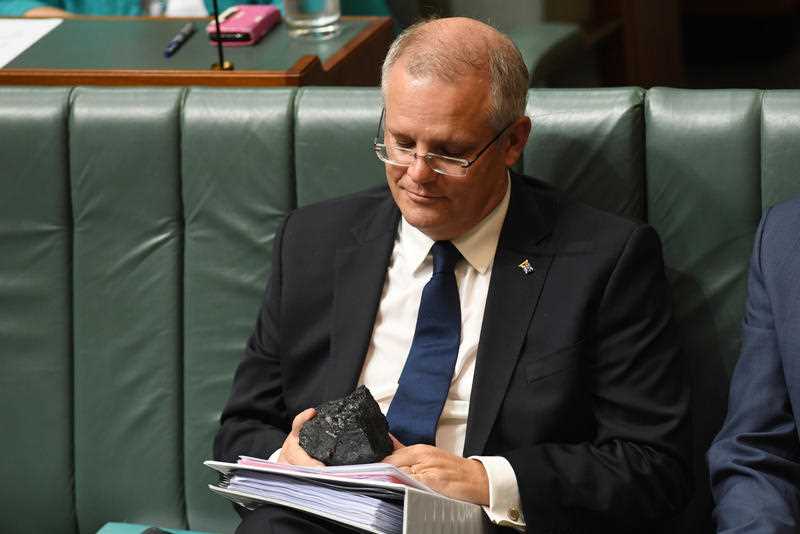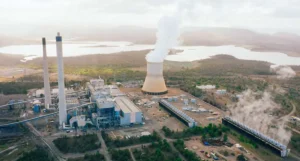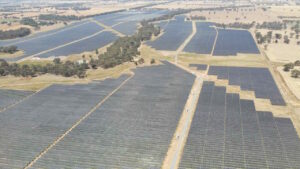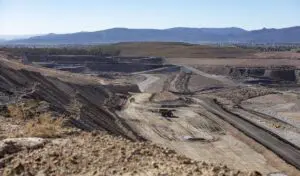
Treasurer Scott Morrisson, the man who brought a lump of coal into parliament last year and waved it around like a demented monk, got at least one thing right about the Coalition’s hard right push for a new coal fired power plant: it doesn’t make any financial sense.
Morrison made that clear last August and again on Wednesday, in response to the so-called Monash Forum’s demands that the federal government fund a new coal-fired generator in the Latrobe Valley, under the fanciful idea that this would somehow lower energy prices.
“It is false to think that a new coal-fired power station will generate electricity at the same price as old coal-fired power stations,” Morrisson said.
In fact, he said, it would likely be double the price of existing coal generation.
That much is true. But the problem is, even Morrisson’s figures are out by a factor of two, and it highlights the absurdity of not just the Monash Forum’s demand for a new coal generator, but the entire Coalition’s defence of coal in the name of “cheap and reliable” energy.
Morrisson claimed that existing plants were bidding into the national electricity market at $30 or $40/MWh – and that a new HELE coal plant would bid into the system at about $70-$80/MWh
But these numbers are wrong and it is clear that Morrisson has either not read the recent report into wholesale prices he commissioned from the Australian Energy Regulator, didn’t understand it, or is being deliberately misleading.
That report focused on prices in Victoria and South Australia following the closure of the Hazelwood power generator. Much of the focus has been on the role of gas generation, but it was the role of the NSW coal plants that was particularly fascinating.
It shows that two NSW black coal generators actually set the price in the Victoria wholesale market around 25 per cent of the time. In fact, they have have done so for years, particularly at times of low demand when gas is not needed.
But over the last 18 months, that price charged by the NSW black coal generators when they set the price has more than doubled to more than $80/MWh.
Above is the price set in Victoria by Origin Energy’s Eraring plant, where prices jumped from the low $30s/MWh in 2016 to more than $81/MWh through the winter months of 2017 in Victoria.
And this next one shows the price setting by AGL’s Bayswater black coal generator, where its market setting prices leaped from around $40/MWh to more than $90/MWh in the depth of winter.
Remember, these are prices set not at times of peak demand, but in off-peak, often at night, usually in winter. It is the price of good ol’ baseload. And it certainly isn’t cheap.
To reinforce this point, another recent survey by the Australian Energy Market Operator points out that the volume weighted price of NSW black coal generators – which includes all offers, not just the market setting ones – has not been below $50/MWh for the last three years at least.
In last year’s winter, the average price offered by NSW black coal generators was more than $70/MWh, according to the AEMO data.
And we know from the latest profit results of AGL, Origin Energy, EnergyAustralia and the government’s own energy generator, Snowy Hydro, that this is not because of the rising cost of supply. It’s because they are screwing the market, and the consumer along with it.
The AER report laughingly concluded that it had found “no evidence of transient market power” being exercised by the major generators since the closure of Hazelwood.
“Our analysis did not identify instances where bidding behaviour we normally associate with the exercise of market power significantly affected average prices in Victoria or South Australia,” the AER wrote.
What they probably mean is that there was no extreme events when generators deliberately withdrew capacity to force prices up to stratospheric levels, as they have been want to do in the past.
(That’s probably because all they had to do was wait for one of the 53 coal fired generator trips in the last few months to see the opportunity to jack up prices, as they did relentlessly)
Did the AER look at their own graphs? If it’s not market power, then how do they explain the doubling in the bidding price by the NSW coal generators. Yes, there has been some rise in coal supply costs as the subsidies legacy contracts that underpinned their generation expires, but not a doubling.
And how, do they, or even Morrisson, explain the significant increase in the bidding prices of the government’s own retailer, Snowy Hydro.
This graph above shows that when Snowy’s hydro assets set the price in Victoria, they too were more than double what they had been a year earlier, or even treble what they had been in the December and March quarters a year earlier.
We can be certain that the price of hydro power certainly hasn’t jumped. Market power? Nothing to see here, says the energy market’s Inspector Plod.
It should be noted that the cost of a new coal fired generator is likely to be at least double Morrisson’s estimates of $70-80/MWh. Bloomberg New Energy Finance puts it at $130/MW at the very least, and likely a long way north.
Even the cost of upgraded existing plant, like Liddell that the Turnbull government is so desperate to keep open, is put by AGL at around $106/MWh – that’s at least 20 per cent more costly than the renewables and storage alternative.
And while the most efficient NSW black coal generators are asking $80/MWh for their output, the developers of solar and wind farms are signing contracts to sell their output – inclusive of any renewable energy subsidies – at around $55/MWh or less. Solar is coming in below $70/MWh, and coming down fast.
So, yes, cheap energy does exist. But it certainly ain’t black coal.














